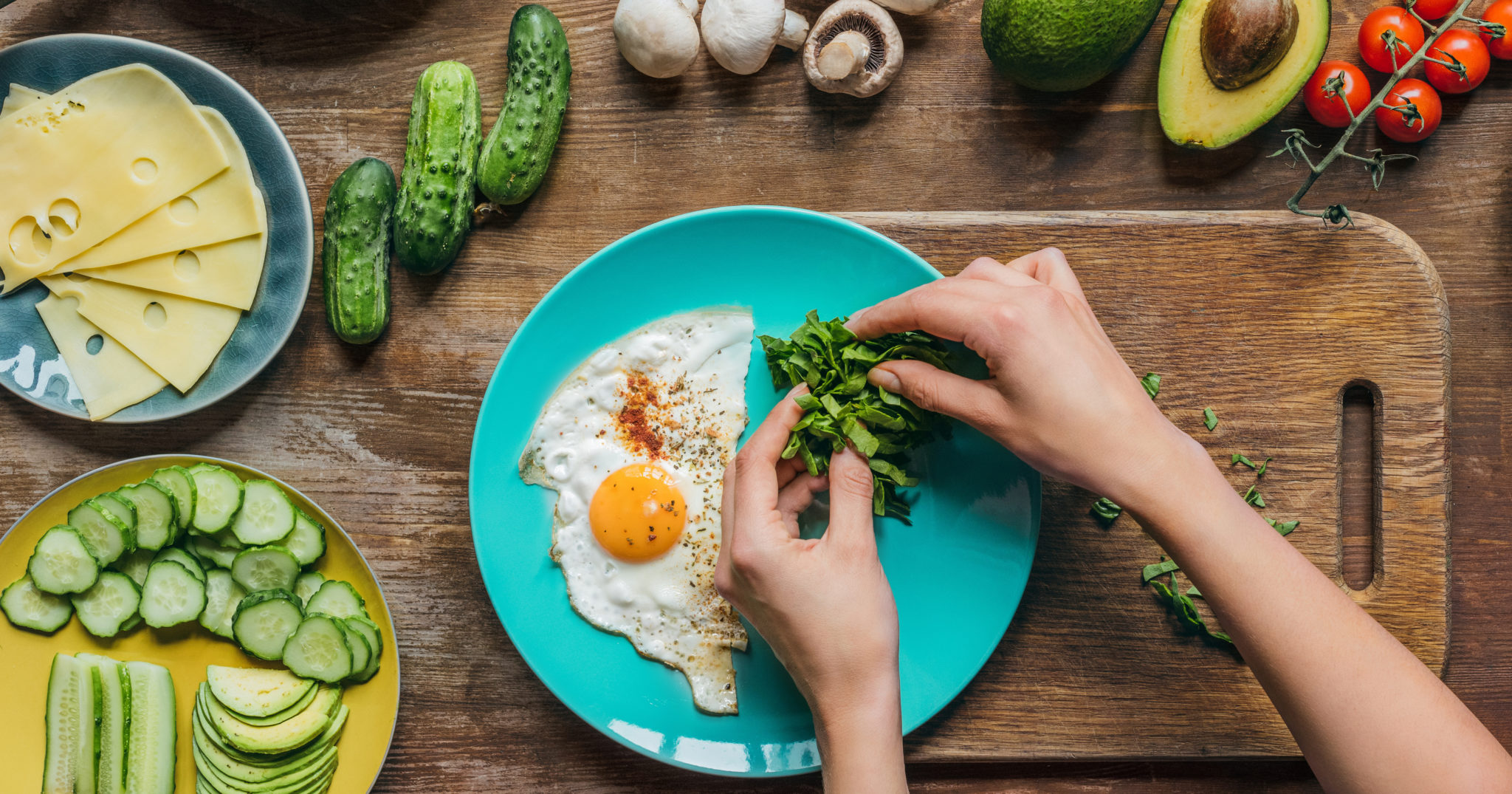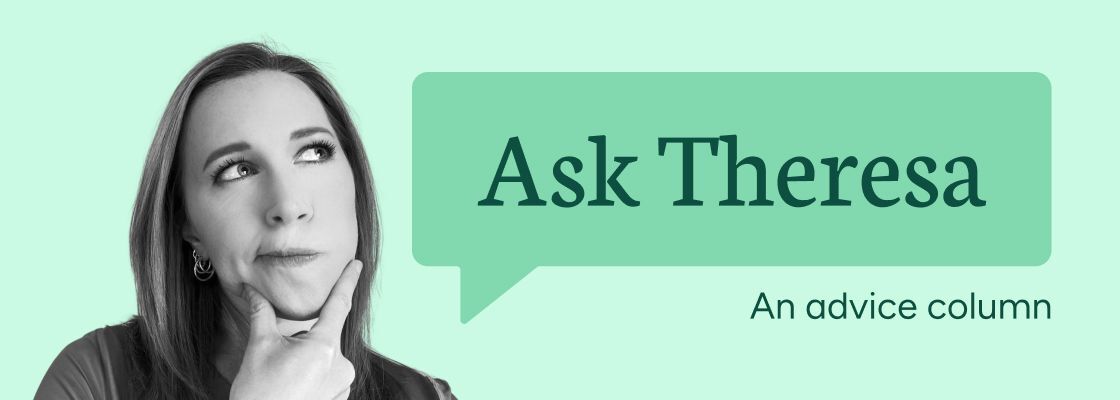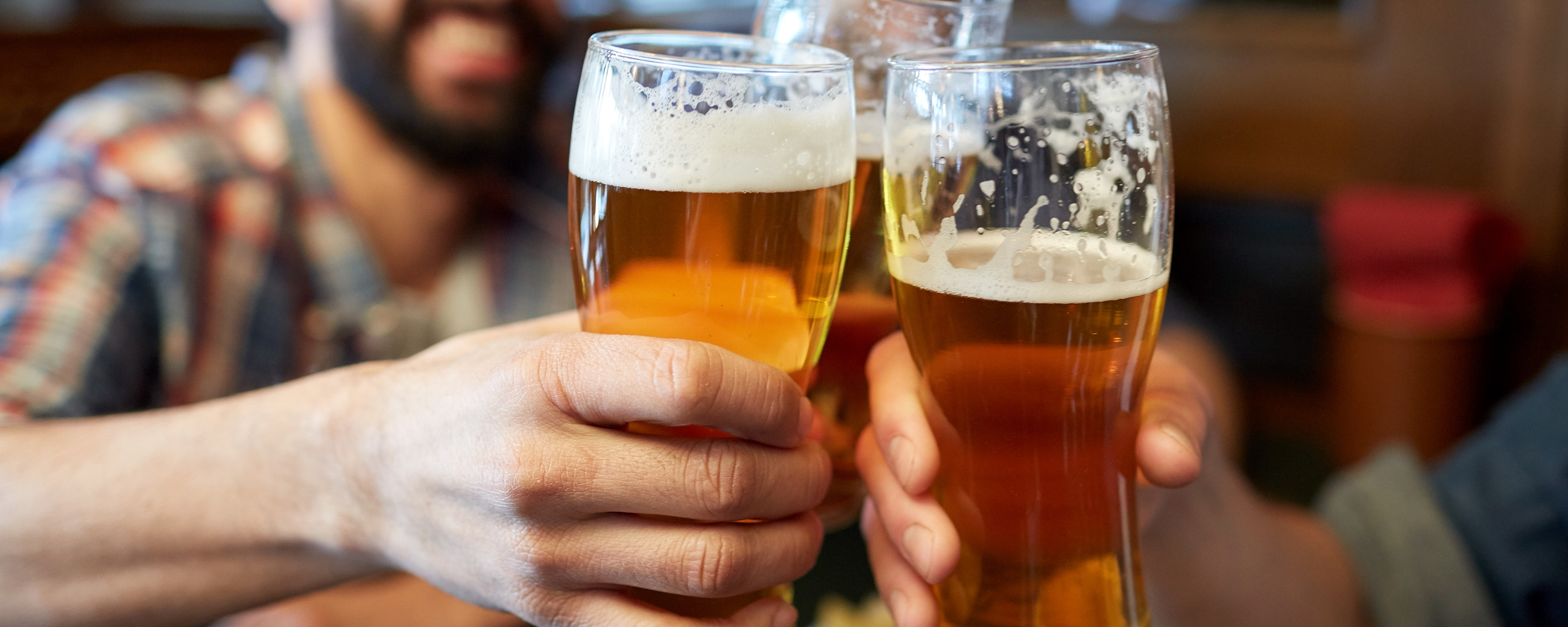
How to Break a Weight Loss Plateau on a Low Carb Diet

If you’re struggling with weight loss, you’re not alone. Losing weight is a challenge for many people. Experiences of weight loss, including the amount and rate of weight loss vary from person to person and even within an individual's journey. When trying to lose weight, many people experience periods of steady weight loss, followed by periods of stability, and even weight plateaus. In a 1 year study of people with type 2 diabetes following a low carb diet —the average participant experienced 9 months of rapid weight loss and 3 months of weight stability (Hallberg 2018), while following the same nutritional approach for the entire year. Over time, most people who sustain a low carb or ketogenic diet find a new stable weight after a period of significant weight loss.

Weight stability vs. weight loss plateau
So when does a period of weight stability (which is expected) after weight loss become a weight loss plateau? Plateaus are a normal, yet frustrating, part of the weight loss process. If you’re stuck in a true weight loss plateau while following a low carb or ketogenic nutritional approach there may be a few reasons why. But before we get to those, let's first distinguish between a true weight loss plateau or simply a period of weight stability.
Weight can vary day to day—as much as several pounds—due to normal fluctuations in how much water your body is holding. So looking at your weight from one day to the next, or even one week to the next, does not always accurately reflect your progress. What you eat is just one of the many factors that impacts the number on the scale, whether a true weight change or just normal day-to-day fluctuations. Some medications, hormones, exercise, and body composition changes also influence weight. It’s important to ask yourself if what you’re experiencing is a true plateau. Are the day to day fluctuations actually showing a lower number on the scale over time? If so, you're actually losing weight! It just might be a little slower than you'd like.
How to know if you're in a weight loss plateau
Follow these steps to determine whether or not you are stuck in a weight loss plateau:
- Take a look at your weight loss over time, rather than weight changes within a small window.
- Consider if this ‘plateau’ follows a period of significant weight loss. Have you been at the same weight for less than 3 months after a period of significant loss? If the answer is yes, weight loss could pick up again shortly. It might just be that this is your new stable weight for a period of time before you start losing weight again.
- Don’t let the scale be your only measure of progress. Your body composition may be changing while the scale shows no change at all. Notice how clothing fits, and measure your waist circumference.
If you’ve identified that you are indeed in a weight loss plateau, now what? In order to break the plateau, it’s important to identify what may be standing in the way of further weight loss..
1. Too many carbs
The many benefits of carbohydrate restriction, including weight loss, can be achieved when carbohydrate intake is maintained under your tolerance (or carb threshold) to control blood sugar and insulin levels. There are plenty of ways for total carb intake to creep up. Some are obvious, but others aren’t.
The obvious sources of overconsumption of carbs:
- Starchy side dishes, sugary desserts, and more. The list of carbs to avoid may be obvious, but if it’s sometimes a struggle to stay true to your low carb lifestyle, this may be a reason for the stall on the scale.
- Bites of things ‘here and there.’ Sure, you’re no longer eating cereal for breakfast or pasta as a side dish (WIN!), but do you occasionally have just a little taste of the dessert at a dinner party or order the breaded chicken and ‘try’ to scrape it all off? Do these occurrences happen often enough that it could be contributing to a weight loss plateau?
The not-so-obvious sources of overconsumption of carbs:
- Low carb alternatives. You may have swapped out all high carb foods with low carb alternatives, like almond flour for wheat flour and zucchini noodles for wheat noodles, but it’s still very easy to eat too many carbs from these alternatives.
- Nuts, non-starchy vegetables, and other low-carb foods. Carbs can add up from nuts, cheese, sour cream, avocado, and even vegetables. Consuming carbohydrates, even from low carb foods, above your personal tolerance can contribute to your weight loss plateau. Take a closer look at just how many carbs are in all of your foods.
- Hidden carbs, especially when dining out. Carbs in condiments can be an easy way to consume a spoonful of sugar. To avoid this trap, carefully read the labels of sauces or avoid them altogether–flavorings, dressings, marinades, and other condiments. Be also cautious of thickeners–flour, corn starch, and other high carb items are commonly-used ingredients to thicken soups and sauces.
- Low carb products. These can be tricky, especially when labeled “keto” and / or claim to be low in “net” or “impact” carbs. While these, in limited quantities, can often be carefully incorporated into a low carb eating plan, never take for granted that there will be little to no impact on your blood sugar. Each person responds differently and it’s best to test these for yourself.
What to do to avoid a weight loss plateau from too many carbs:
- Know your carb tolerance and evaluate your total carb intake to know if you might be going even a bit over that number. Test and monitor your glucose to identify your carb tolerance so that you can be sure to stay below that threshold.
- Track your portions to identify total carbohydrates. A serving of nuts (1 ounce) with 5 grams of carbs quickly adds up to 10 grams if you consume a second serving. Many people count carbs when they begin a low carb lifestyle, but they eventually stop counting. If you were losing weight consistently when you were more closely tracking, a reset period of going back to counting can make a big difference.
- Read food labels and look at the ingredients list to make an informed decision.
- If you’re at a restaurant, ask about the hidden sugars and carbs in sauces and condiments. Ask for the sauce or condiment to come on the side so you can give it the quick taste test with your fork. When in doubt, avoid them altogether.
2. Too much protein
Portion size matters and it’s easy to fall into the habit of overeating or underestimating protein portions. An extra egg for breakfast, an additional ounce of nuts as a snack, or perhaps one more ounce of cheese on your salad–it all adds up. Too much dietary protein can drive down ketone production (Marliss 1978) when consumed in excess of your body’s needs. Read more about this in our deep dive on protein.Protein can be measured in ounces of protein-containing food, which typically contain about 7 grams of protein per ounce.
Here’s a guide to how much protein you should aim for:

How to avoid a weight loss plateau from too much protein:
- Track your protein consumption to make sure you’re falling within your goal protein range.
- Consider measuring your protein foods a few times each week or every meal for a few days in a row, and double check that you are within your goal protein range.
- Adjust your protein intake. If you’re finding yourself hitting a weight loss plateau when your carb intake is below your personal threshold and your ketones are consistently below 0.5 mM, consider aiming for the low end of your goal protein range for a few weeks.
- Notice if you’re snacking throughout the day. Protein can creep up, especially when fat intake is inadequate and you find yourself snacking out of hunger.
- Incorporate fats like butter or olive oil for satiety. Adding fat to your protein-containing foods will provide more satiety than protein alone. If you struggle adding fats to keep your protein consumption moderate, consider if you fear adding fat. Getting over the fear of fat can take time, considering what we’ve been told for the last few decades.
3. Too much fat
If you’re not eating the right amount of fat, it may be preventing your body from relying on its own body fat for energy; thus, weight loss stalls. The goal is to add enough fat (butter, oil, cream, etc) to your protein and vegetable sources at meals to ensure you’re not hungry between meals. However, fat is not a ‘free’ food, and calories still matter. Perhaps you might be consuming too much fat because you’re trying to raise your ketones, but pump the brakes! In addition to potentially contributing too many calories, sources of fat like coconut oil (including concentrated supplements) contain medium chain triglycerides (MCT). These cannot be stored in body fat, meaning that whatever is consumed has to be promptly burned for energy. So you’re adding these sources on top of your dietary fat consumption for satiety, this type of fat takes priority. People will often fall into the trap of adding supplements of coconut oil or straight up MCT oil and it ends up adding extra calories. Yes, it may raise your ketones a bit, and the overall cost may impact your weight loss.
How to avoid a weight loss plateau from too much fat
- Assess how much fat you’re adding to your meals and beverages. That cream added to your coffee(s) counts, too!
- Consider reducing the volume of added fat to test the effect on your weight. Just be sure to notice any changes in hunger as you experiment. If you find yourself hungry, you’ve reduced your fat intake a bit too much. If your hunger remains unchanged, you’ve either found just the right amount or you can experiment with further reducing your fat intake.
- Think twice before adding more coconut oil or a coconut/MCT oil to your daily routine.
- Cut out ‘fat-bombs’ and bulletproof coffee. These are okay to consume for satiety, but if your goal is weight loss, too much fat will prevent your body from using its own fat stores for energy (refer to point above for more information). Just one bulletproof coffee may contribute nearly 50 grams of fat and almost 500 calories to your day. Imagine what a few cups of coffee, or several fat bombs, might do to your weight loss.
4. Alcohol
For some people, as little as one or two drinks can impact weight loss. Beyond just contributing calories (and sometimes carbohydrates), alcohol interferes with the digestion and utilization of other nutrients, including fat. If you’re hitting a weight plateau and drink alcohol, take a look at your alcohol intake. Consider the type and the volume of alcohol you’re consuming. The carbohydrates and calories can add up quickly, and we sometimes tend to reach for food when drinking - whether we’re hungry or not!
How to avoid a weight loss plateau from alcohol:
- If you choose to drink alcohol, make sure you’re drinking low carb alcohols, like dry wines or cocktails made with sugar-free mixers.
- Track your alcohol type and volume for a week to identify patterns, including the cravings that may appear when drinking.
- Consider reserving specific days of the week for alcohol consumption to limit the total amount consumed.
- Cut it out completely for now.
Emotions, Habits, and Hunger
It’s helpful to examine the emotions, behaviors and triggers driving your eating habits. Do any of these sound familiar?
You’re bored with your foods. There should be pleasure in the foods you eat and over time, you may find yourself in a bit of a rut and bored with what you’re eating. This may lead to eating more food to chase satisfaction.
You’re eating out of habit, stress, or emotions. It’s all too easy to grab food for reasons other than hunger–out of habit or by the clock, when stressed, when overcome with emotion (strong or subtle), or when we want to avoid something (including our emotions). The procrastination of going to the refrigerator rather than answering a work email or leaning into our emotions can take a bit of practice to break. Practice mindful eating (being aware and present when you are eating) to ensure you’re not eating out of habit, boredom, or emotions rather than hunger.
You’re still relying on counting calories instead of letting true hunger guide you. What does true hunger feel like to you? Work on increasing or decreasing your fat to focus on the sensations of true hunger. Try to consume fat at different times of the day so that your hunger is controlled. Strengthening your self-awareness surrounding hunger can reduce the frequency of eating when you are not hungry.
The bottom line: celebrate your wins
There is more to your metabolic health and quality of life than the number on the scale.
If you have been weight stable for a period of time and you feel energetic and strong, it may be time to revisit your goals, or at least your timeline. For now, focus on the rediscovered metabolically healthy you, feeling well and functioning well. You’ll be amazed at what can happen when you stop letting weight, especially a specific weight, be the marker of your success.
This blog is intended for informational purposes only and is not meant to be a substitute for professional medical advice, diagnosis, or treatment. Always seek the advice of your physician or other qualified health provider with any questions you may have regarding a medical condition or any advice relating to your health. View full disclaimer
Are you living with type 2 diabetes, prediabetes, or unwanted weight?

1. Hallberg SJ, McKenzie AL, Williams P, et al. Effectiveness and Safety of a Novel Care Model for the Management of Type 2 Diabetes at One Year: An Open Label, Non-Randomized, Controlled Study. Diabetes Ther. 2018. DOI: 10.1007/s13300-018-0373-9
2. Marliss EB, Murray FT, Nakhooda AF. The Metabolic Response to Hypocaloric Protein Diets in Obese Man. J Clin Invest. 1978; 62:468-479. doi:10.1172/JCI109148.
3. McKenzie AL, Hallberg SJ, Creighton BC, et al. A Novel Intervention Including Individualized Nutritional Recommendations Reduces Hemoglobin A1c Level, Medication Use, and Weight in Type 2 Diabetes. JMIR Diabetes 2017;2(1):e5 doi:10.2196/diabetes.6981









